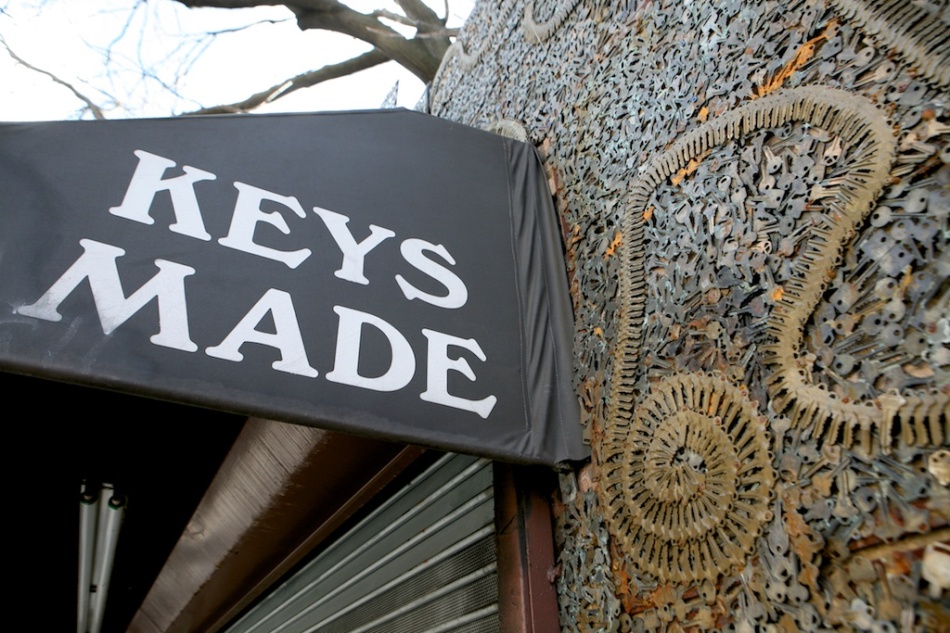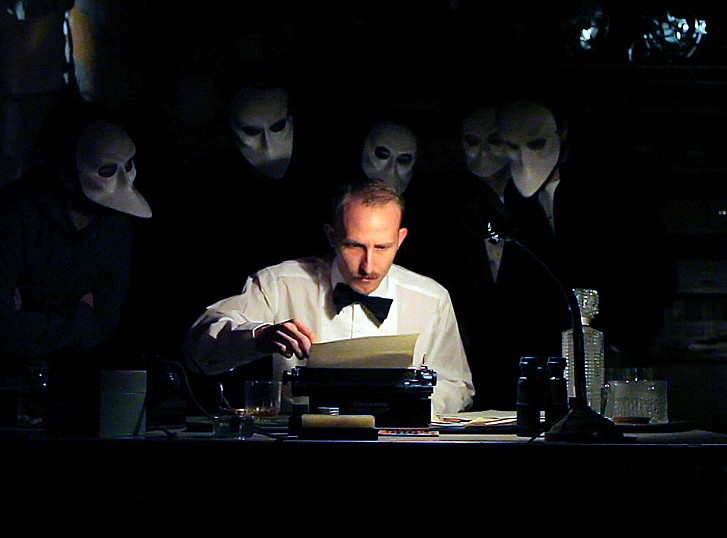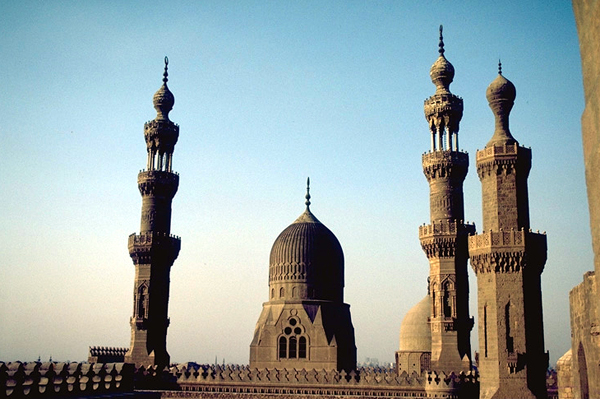
I've always had problem with keys. Oh no, no, no it's not microphobia, no not metallophobia. Maybe subconsciously I've acquired nostophobia, but that's a far stretch of an explanation: I've been losing em, breaking em, accidentally dropping them into voids since, well, feels like it's been since the beginning of time. As a matter of fact, one of the few things I make sure to have within steps' reach whenever settling down at a new place, has got to be a reliable locksmith, along with a non-Starbucks Cafe, a print shop, and a Duane Reade (or the equivalent).
Greenwich Village is never a place to settle down; the concept of living in that time warped area simply sounds our of my reach. On a good, sunny Wednesday morning if you walk down 7th Ave, you'll see the pavement sparkle, and the slightly shivering branches in the April wind, still give you a chill sometimes yet already lost the fearsome bitterness of its vicious wintery slashes. And that's where, or maybe I should use WHEN, you'll find Mr. K's tiny storefront.
Mr. K's name has nothing to do with the letter one associates with post modernism authors or casino royalties, but it just seems proper to code him an alias with the letter that symbolizes the holy relic of his expertise. If it had been a rainy day, or when the weather is something urgh-some like, overcast, or cloudy with confusing winds, you'd probably walk right pass Mr. K's storefront: tiny, entirely old, with subtle colour and an indescribable aura that you couldn't care to notice in your busy life, but rather just sits there, waiting to be discovered at the right moment when you're feeling up for it. It's a lot like something between dimensions, not in the reality but neither is it imaginary. It's not there, until you found it. And Mr. K's storefront is just like that. On a sunny day it starts to glow, and when you're walking down 7th Ave, it's almost impossible not to be drown to it.

First thing you notice would still be the name of the store, which would make you wonder, how did those humble looking fonts carved on a plate with fading colour and chipping paints ever, EVER make you stop your oh-so-important footsteps. "Greenwich Locksmith" it says, severely mundane, absolutely couldn't strike you as something worth noticing or becoming a tourist attraction. But then you see it. It's right there under your nose: a chair, or maybe we can almost call it a shrine, composed, quite impossibly, entirely of keys! As a matter of fact, the only toothless part of the thing is its steel frame, which I think could have been constructed with keys too although it could seem overly deliberate and honestly, what's the point? No it doesn't look like a Marcel Duchamp. Yes you can sit on it; I did, and it feels like... it feels like... it feels like sitting on a proper chair. Well what do you expect?
But the craftsmanship you can tell from every inch of it, the details of every stroke of ingenious efforts, the space between the shapes which those keys, between Mr.K's fingers, morphed into, make the piece of furniture seem animated, as if it breathes through those key holes. Mr. K remember those keys, each one of them, although he only looks at them occasionally. There's always a story where every single one of those keys come from. As the sunlight gets reflected on those tiny pieces of metal, those stories are released once more, making the chair as though a creature, sitting still yet nevertheless alive... after all, what is there more to life than stories? Mr. K remembers those stories like stars flickering on the edges of the smooth shapes of the keys, cutting across the spine, lingering between the teeth, ever more clear with each turn and each twist, There had been are quarreling young couples, veterans who couldn't recognize the oak three by their front porch, school children with tears on their cheeks and dimples on their faces, trying so hard to figure out where they had left their keys.
It's as if a silent record player, inside of which you know there are beautiful songs, but its mysteriousness makes it even more desirable, haunting, an object in a time warp, everlasting but never quite present. Mr. K mounted more keys on flats, with which he covered almost the entire storefront. He was finding new definitions for his very own pallets: the subtly different colours between each pieces of keys he picked out, which he arranged and rearranged till them twirl into remarkable shapes as if from a dream. Squint your eyes and you'll see: dozens of blazing sun glowing and freezing in time; ethereal creatures floating and morphing into an ocean of the strangest organism, and then as if exploding from a volcano, everything chaotic yet inexplicably beautiful.
I was dazzled by the moldering compositions of keys. Those thick, ravishing pictures are full of history, and stories; of course there are stories, piles and chunks of stories hidden between the layers and loops of keys as if well kept secrets, waiting and looking for opportunities to sparkle again.
There's no one but Mr. K to tell the nuances between those silver and gold, and bronze, and copper red spots, and green streaks seeping out through the gaps of age. It makes you wonder, makes you stop and contemplate when you feel the coldness of a key between your fingers. It makes you imagine what stories it might offer, whether a fine romance happened behind the apartment door it helped to keep secure, or a tale that can make your hairs stand, or a travelling soul who's reached uncharted waters and climbed the steepest cliffs. You can tell the depth of those colours if you stare at Mr. K's compositions long enough; they are voids into the black holes of the collective memories of an entire city, portals to parallel universes spinning all around you yet never been discovered.
Keys are what you use to keep, or to uncover secrets; it opens but also locks doors and passages to different worlds; one side of it intrudes and inquire, and the other defend and breathe; it's a tiny piece of metal on which you see the grove and edges of the essence of civilization. Its look? Mostly excruciatingly insignificant, but at times exquisitely detailed as if containing magical power. Mr. K is just the gate keeper, sitting behind the counter where he created a whole new dimension of secretes and stories, all of which between his fingertips. You'll probably find a story of your own somewhere in Mr. K's Kompositorium of keys. A clue: first unlock your heart.




























